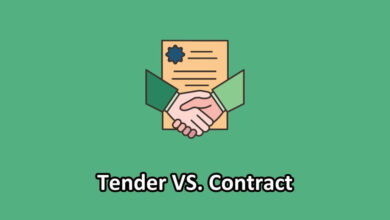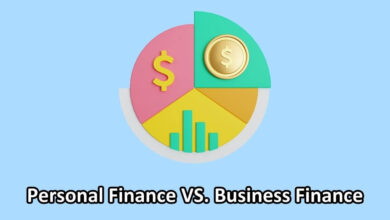Difference Between Statement Of Affairs And Balance Sheet(With Table)
Both statement of affairs and balance sheet help a firm know the assets and liabilities at a specific date. However, both these terms are somehow different from one another. So, in this article, we will showcase the complete difference between the statement of affairs and balance sheet. The topics of this blog have been arranged as follows.
Definition Of Statement Of Affairs
A statement Of Affairs refers to a statement that showcases the assets, liabilities, and balance of the capital account on a specific date. It consists of two sections i.e left and right, where the left section shows the liabilities while the right section represents the assets of the firm. Moreover, a statement of affairs is mainly based on a single-entry system of bookkeeping and accounting. The main purpose of such kinds of statements is to extract the relevant data for linked parties such as customers, shareholders, employees, etc.
The data/information given in the SOA(Statement Of Affairs) is incomplete and is derived from physical vouchers and documents. Further, if a company intends to trace out the opening capital, it will prepare the SOA at the opening date. Similarly, if the purpose is to record the closing capital, the statement of affairs will be prepared on the closing date.
Definition Of Balance Sheet
A balance sheet refers to the statements of liabilities, assets, equity, and capital of a business entity or any other organization at a particular point in time, detailing the balance of income and spending or expenditure over the preceding and foregoing time. These statements are actually prepared with the aim of measuring the financial position of a business entity on a certain fixed date. A balance sheet can be prepared at a particular date but not for a particular period. In a nutshell, a balance sheet actually shows the wealthiness of a business entity in financial terms.
The two major classifications of the balance sheet are
- Assets
- Equity And Liabilities
Assets are further classified into,
- Current Assets- These are the assets that are readily converted into cash.
- Non-Current Assets- These assets assist the companies to operate their businesses.
The second category of the balance sheet statement is equity and liabilities. Equity generally shows how much value shareholders or owners can assert from the business. While, liabilities are the items like accounts payable(money a company will pay), shareholders’ equities, current and non-current liabilities, etc.
Statement Of Affairs Vs Balance Sheet(Table)
| Basis For Difference | Statement Of Affairs | Balance Sheet |
| Definition | The statement that is prepared to estimate and showcase the assets, liabilities, and balance of the capital account of an organization is known as the statement of affairs. | The statement which is prepared with the aim of revealing the financial position of the firm is known as the balance sheet. |
| Purpose | The purpose of the statement of affairs is to evaluate the opening and closing capital at the beginning and end of the financial period. | Its main objective is to determine the true financial status of the firm. |
| Accuracy | Less | More accurate |
| Suitability | Suitable for small businesses where the volume of financial transactions is lower | It is suitable for all types of businesses. |
| Usefulness | It helps an organization in determining the profit and loss when it becomes complex to convert the incomplete data into a double entry system of book-keeping | It shows the financial health of the firm and thus helps the stakeholders in making excellent decisions |
| Capital | In the statement of affairs, capital is nothing more than just a balancing figure | Since the capital is derived from the ledger accounts and so, the total assets side will always equal to the liabilities |
Key Differences Between Statement Of Affairs And Balance Sheet
While comparing statement of affairs vs balance of sheet, we have included some of the key differences between them. They are given as follows.
- A statement Of Affairs refers to a statement that showcases the assets, liabilities, and balance of the capital account on a specific date. On the other hand, A balance sheet refers to the statements of liabilities, assets, equity, and capital of a business entity or any other organization at a particular point in time, detailing the balance of income and spending or expenditure over the preceding and foregoing time.
- A statement of affairs gets prepared on the basis of a single-entry or partly double-entry system of bookkeeping. On the other hand, the balance sheet is mainly based on the double-entry system of bookkeeping and accounting.
- The main objective of balance sheets is to show the financial condition of an organization at a particular date. On the other hand, the statement of affairs focuses on evaluating the opening and closing capital on the opening and closing date respectively.
- A balance sheet is one of the parts of the financial statements. On the contrary, a statement of affairs is not part of the financial statements.
- While the balance sheet follows the accounting principles, standards, and concepts, statements of affairs are made as per the insolvency act.
Similarities
The similarities between the statement of affairs and the balance sheet are that both these statements summarize the assets and liabilities of an organization. Moreover, they let their users know the liquidity and stability of a business entity.
Conclusion
To wrap up, we can say that both these statements are almost the same. But according to the experts, balance sheets are more accurate and reliable as they obey all the accounting rules and principles. A statement of affairs is said to be a traditional way of keeping records. People used to use SOA when there was only a single entry system.




2 Comments